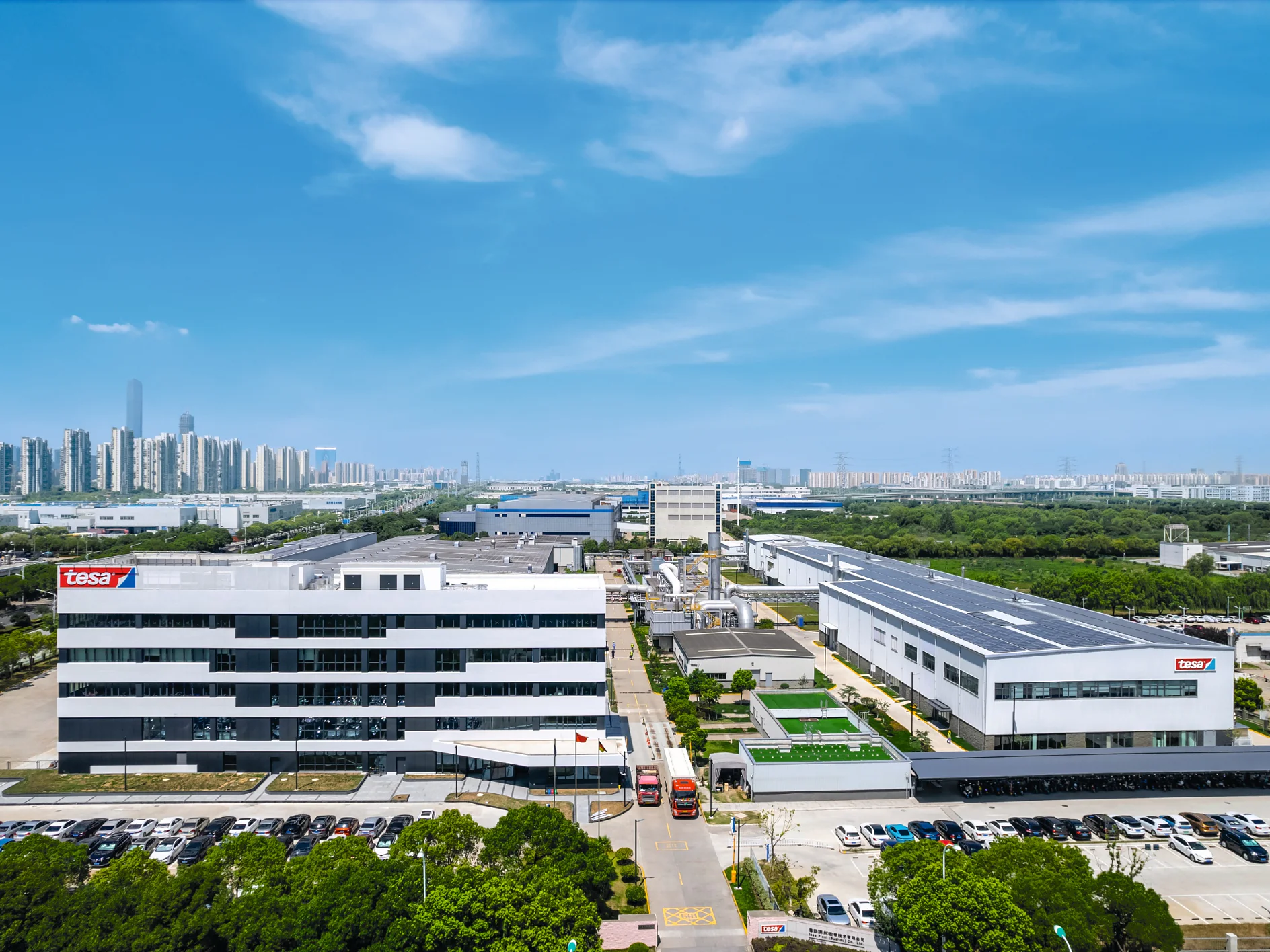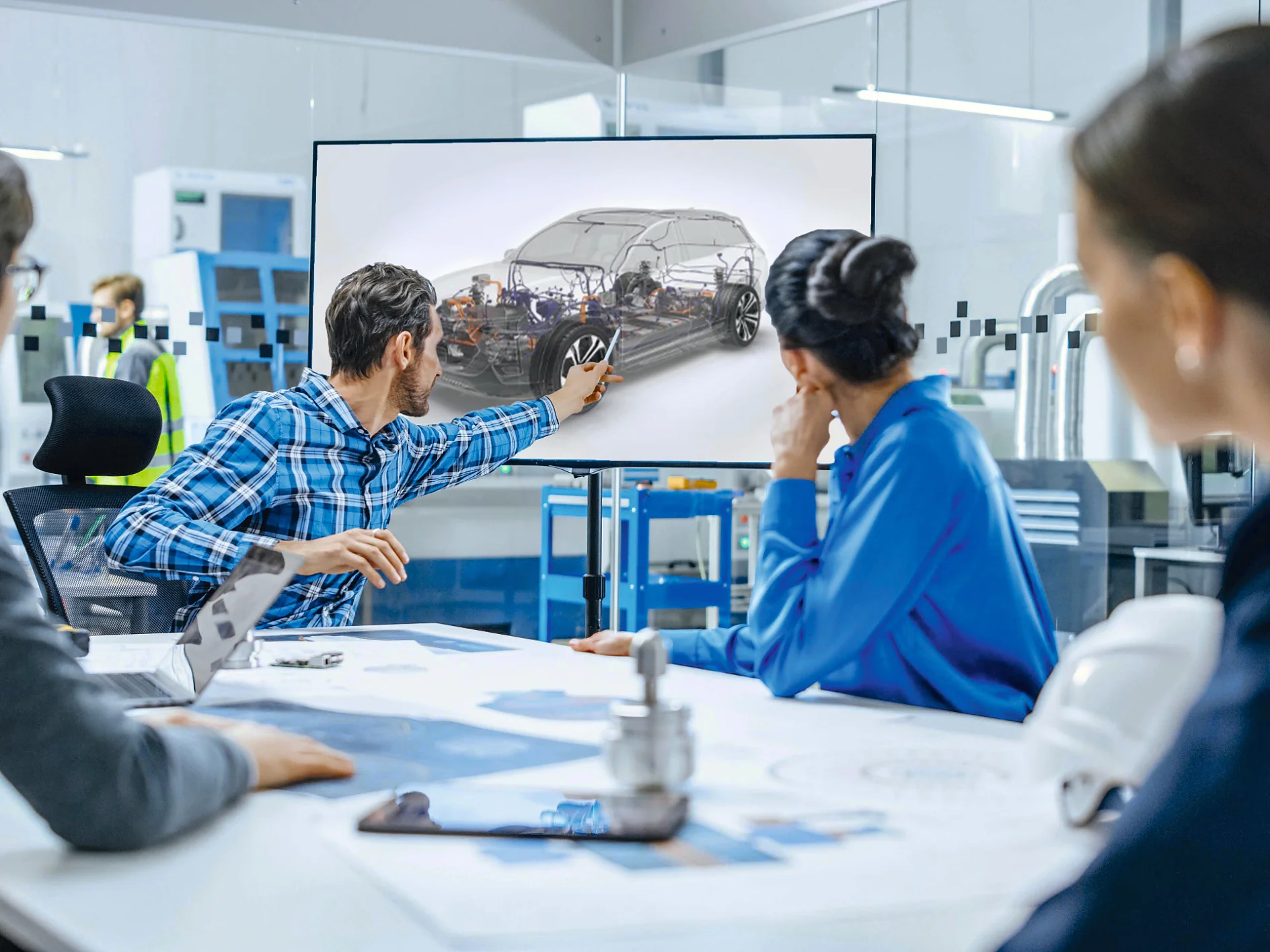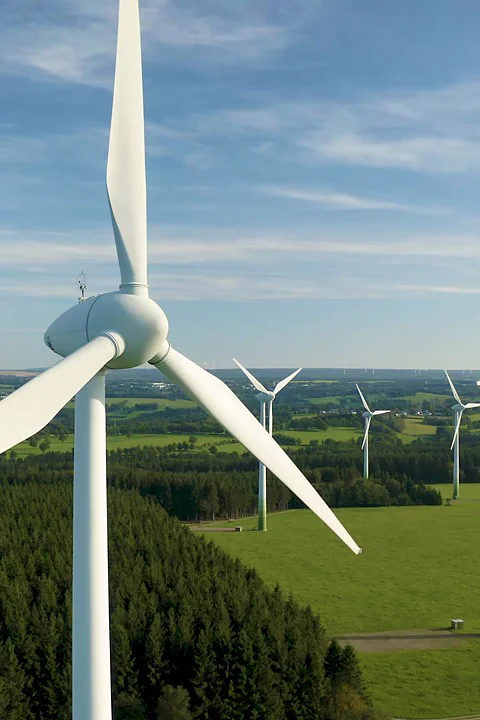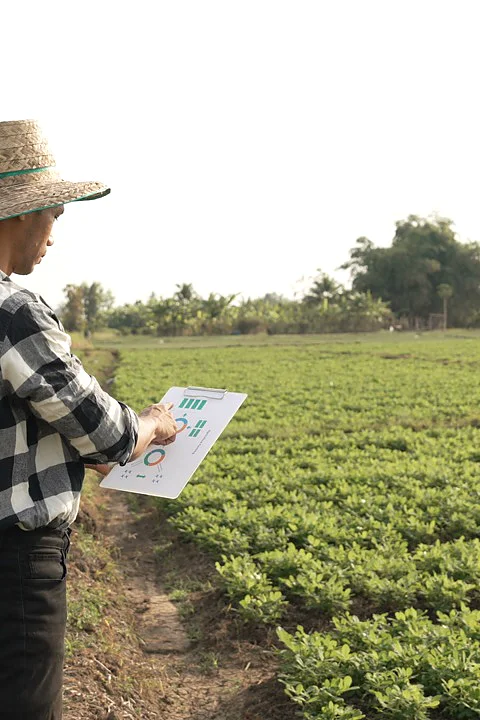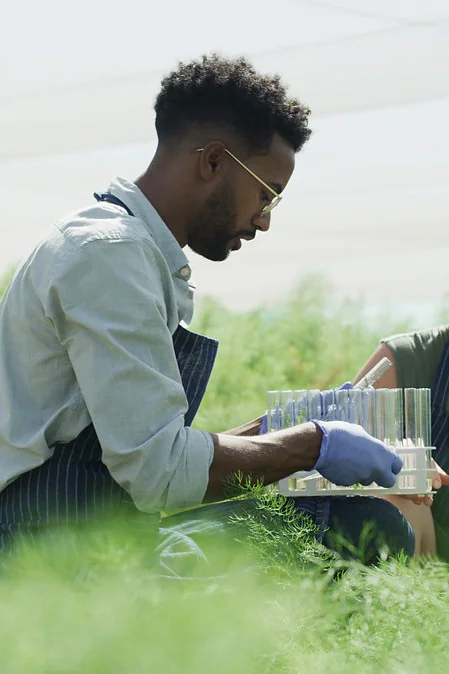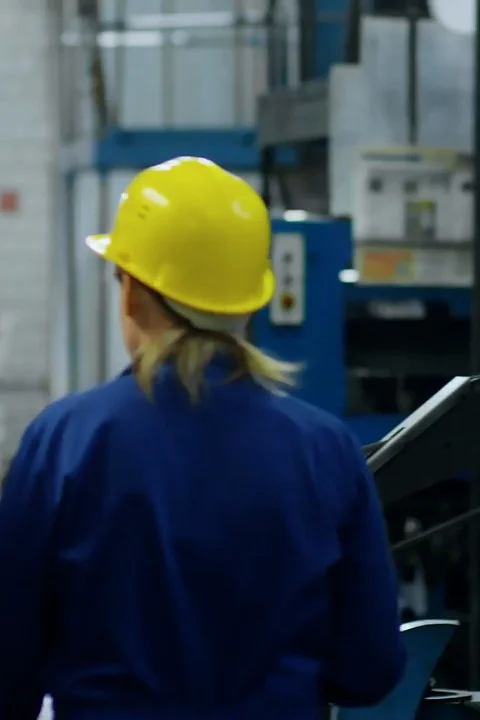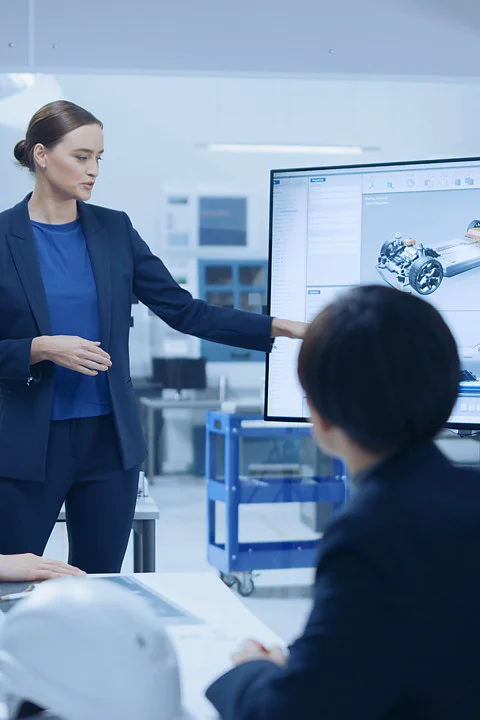Expanded in 2022, the “House of Smarts” is a future lab for all kinds of adhesive solutions and therefore sometimes also a place where new developments are put through stress and endurance tests. Sustainability is built in. “The annex itself is the best-insulated building in this Chinese metropolis,” Uwe Michel, Head of the tesa Customer Solution Center, notes with a smile. All kinds of equipment for developing new products can be found throughout the five floors of this state-of-the-art, environmentally friendly building. Behind the insulated facade and its triple-glazed windows, an activated charcoal filter system also ensures that no vapor is released into the atmosphere.
State-of-the-art equipment – from a climatic chamber to an innovation workshop
Around 50 specialists work at the Customer Solution Center in Suzhou. In 2022, they optimized products for approximately 1,900 projects.
The almost 50 specialists in Suzhou love to tackle these kinds of tricky tasks. In 2022, they ran around 1,900 projects to work on optimizing products. For example, automakers can see in person how adhesive tape is automatically applied to vehicle bodies for the painting process. A sizable walk-in climatic chamber enables testing with large objects that are brought in, while an innovation workshop can be used by project teams for brainstorming and testing. These are just a few of the opportunities that the center offers. One entire floor is home to offices and labs equipped to the highest technical standard.
